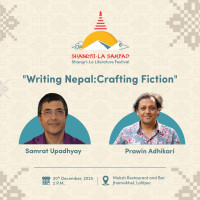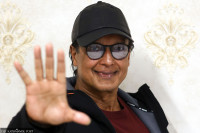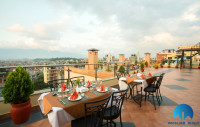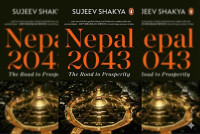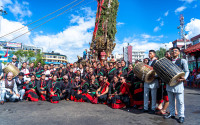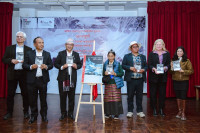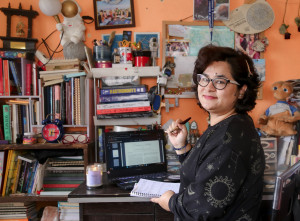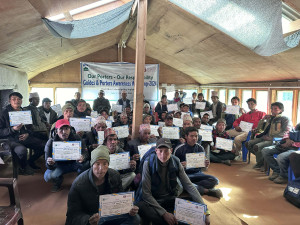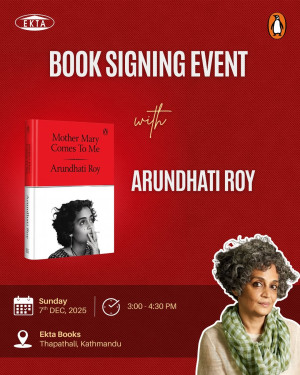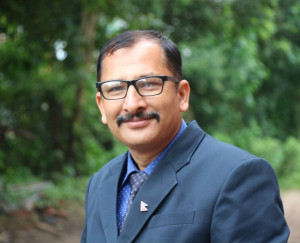Culture & Lifestyle
Nepal to host nearly a month-long Art and Culture Festival in September
The festival, timed to coincide with Indra Jatra, will be held in four historic cities of the Kathmandu Valley.
Post Report
Nepal Tourism Board and the Nepal Art Council, in collaboration with the Hotel Association Nepal, are set to organise the Nepal Art and Culture Festival 2025 from September 5 to 27 across four historic cities of the Kathmandu Valley.
The festival has been timed to coincide with Indra Jatra, one of Nepal’s most significant cultural festivals dedicated to the god of rain and the harvest season. Organisers believe aligning the art and culture festival with this celebration will help attract both local and international visitors.
According to the organisers, the month-long festival will unfold across Kathmandu, Bhaktapur, Lalitpur, and Kirtipur. It will feature cultural performances, guided heritage walks, exhibitions, fairs, and traditional feasts showcasing the valley’s rich artistic and culinary heritage.
The opening ceremony on September 5 in Kathmandu will include the Kathmandu Mahangar Jatra Yatra and the ‘Roots and Reflections’ Art Exhibition at the Nepal Art Council Gallery. Cultural performances by the Nepal Army and a traditional Newa Bhwey feast at Hanuman Dhoka will also mark the official launch.
On September 7, Bhaktapur will host a guided heritage walk through its historic squares and temples, followed by visits to pottery and craft workshops. Visitors can sample local snacks and witness an evening lamp-lighting ceremony in the heart of the old city.
From September 8 to 10, Kathmandu will host the ‘Made in Kathmandu’ fair, which will showcase locally produced goods. An Indra Jatra-themed photography exhibition, food fairs, and the UNESCO Creative City of Film Challenge are also scheduled during this period.
Hadigaun, one of the oldest settlements in the valley, will be featured for the first time on September 13. A guided heritage walk will explore its nearly 2,000-year-old history, followed by local cuisine to highlight the area’s cultural significance.
From September 18 to 20, Kirtipur will welcome visitors with cultural walks through its old streets, traditional dances and music, and local feasts. On September 21, Thamel, Kathmandu’s busiest tourist hub, will host a guided walk featuring complimentary drinks and snacks, introducing visitors to its vibrant nightlife.
The concluding week of the festival, from September 23 to 27, will take place in Patan. Events will include Dhime Baja drumming, Bhajan devotional singing, Lakhe masked dances, night markets, and live craft demonstrations of woodcarving and Paubha painting. Patan will also host an exhibit on Kumari traditions, Buddhist rituals, and other aspects of Newar heritage. Local wines, sweets, and festive dishes will be on display alongside the performances.
The closing ceremony will be held on September 27 at Patan Museum and will feature a procession, cultural shows, and a farewell dinner.
Organisers say the festival has been designed to give visitors opportunities to “taste, create, and listen.” Visitors will be able to savour authentic Newa delicacies, observe and participate in traditional crafts, and immerse themselves in the sounds of Dhime and Dafa drums and devotional songs.
Sagar SJB Rana, president of the Nepal Art Council, said the festival has been envisioned as an annual event. “Indra Jatra, celebrated in the valley of Kathmandu, is perhaps the most spectacular and popular. Its origin goes back to 10 CE. Though widely celebrated by tens of thousands each year to herald the end of the monsoons, there has been a limited attempt to draw the attention and participation of visitors from outside the country,” he said.
Rana added that the Nepal Art and Culture Festival aims to close this gap. “It will place the festival and with it the cultural heritage of Nepal in the global limelight. It is heartening to find that the public and private sector institutions and the residents of the valley have embraced this project with open heart, joy and rare enthusiasm.”
Deepak Raj Joshi, chief executive officer of the Nepal Tourism Board, stressed the importance of showcasing Nepal’s heritage beyond mountains and adventure. “Nepal has been recognised as an adventurous country and a country of mountains. But this presumption has overshadowed Nepal's culture, festivals, and food. We believe that art, culture and food are the truest ambassadors of our country,” Joshi said.




 17.12°C Kathmandu
17.12°C Kathmandu